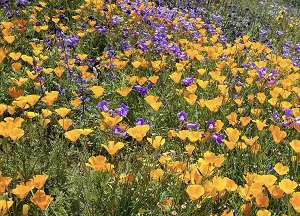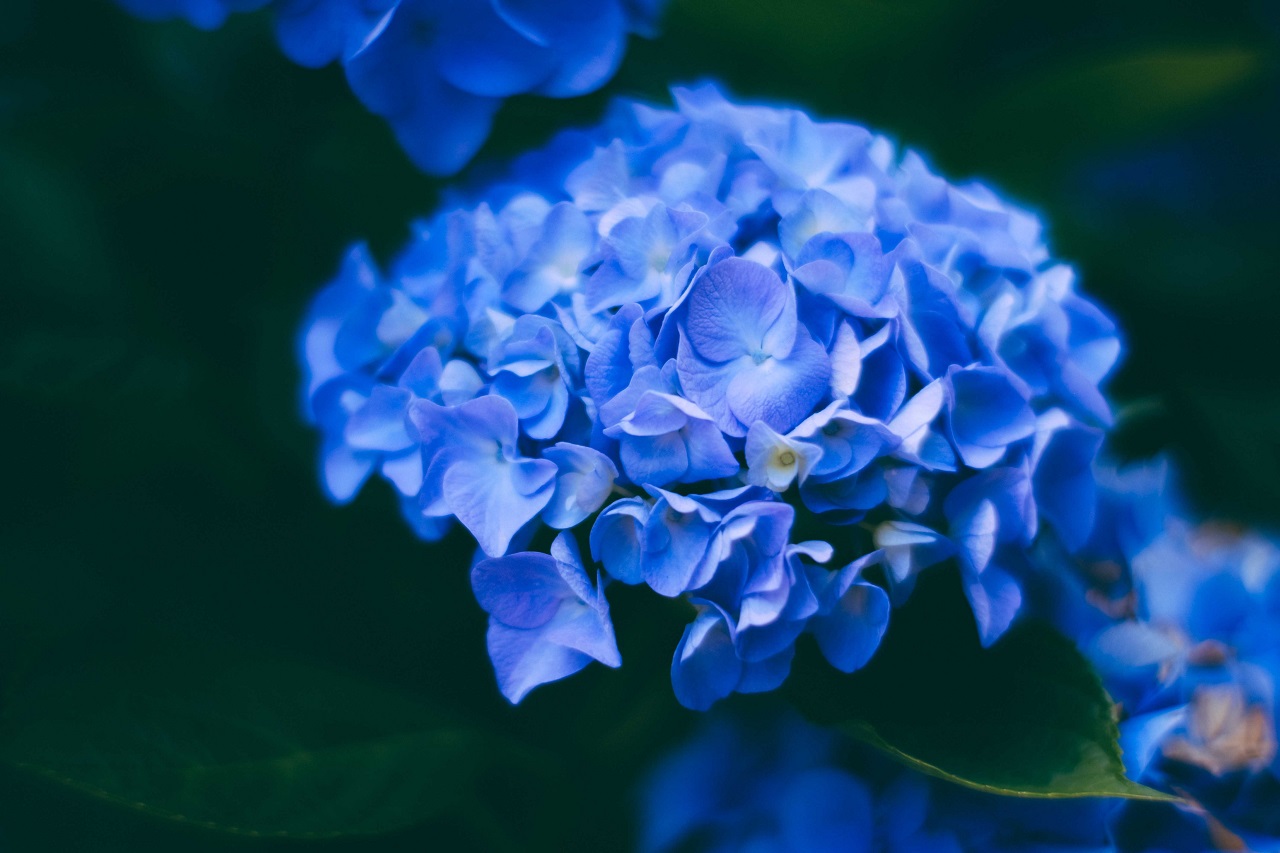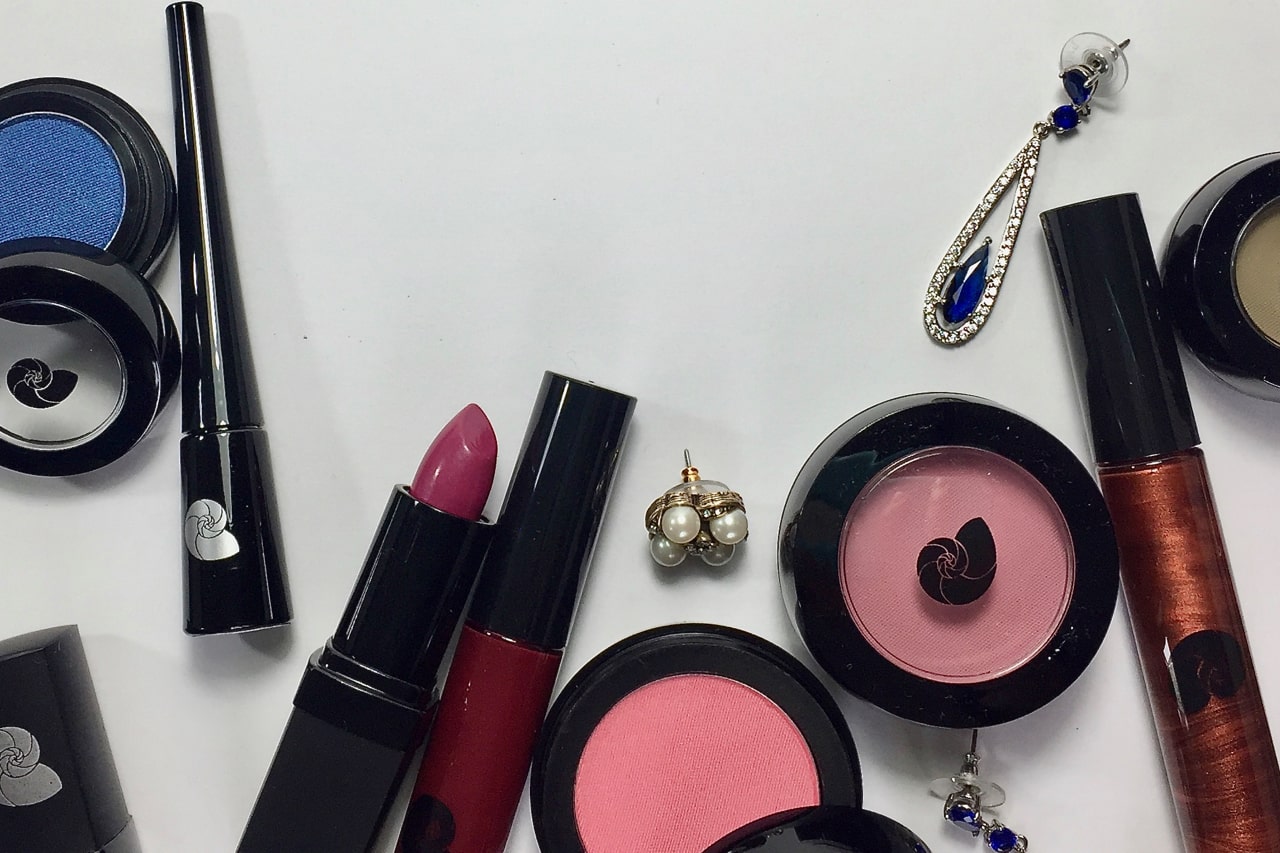During my almost 30-year career as a personal color analyst and doing colors in both the 4-season and 12-season systems, one thing remains consistent – the misunderstood season.
In the early 90s, before the internet and social media were the norm, my clients came from my talking with people and from referrals. Invariably, I would get clients who had their colors done before, even two or three times. I saw a pattern emerge when these clients said they had been put in Spring, Summer, Autumn and sometimes Winter. They were so confused. We still have this issue today.
Each season’s color requirements from the ‘80s and ‘90s relied heavily on stereotypes… Springs had blue eyes and golden hair; Winters had dark hair and brown or blue or green eyes; Summers were blonde with blue eyes, and Autumns were redheads.
This was a good place to start, but certainly wasn’t all-encompassing. Plus, at that time, color analysis was focused mainly on Caucasians.
A new perspective
Over time, especially with the 12-tone system, things changed. Thankfully, for the better. We now know that all hair colors can be in any of the 12 seasons, though they vary from season to season. For example, the natural red hair color of a Dark Winter will be different from the red of a Light Summer. We also know that skin colors can span seasons… brown, black, and yellow skin tones can also be found in most all the seasons.
So how could a person be told they were three seasons? I used to think it was because we only had 4 seasons to choose from which wasn’t specific enough. But, the most misunderstood season was, and still can be – True Summer.
Questions
True Summers can have blonde, red, brunette, and black hair. But wait, if you have either dark brown or black hair and/or skin, you must be Winter, right?
 And if you have red hair, you must be Autumn or Spring, right?
And if you have red hair, you must be Autumn or Spring, right?
Also, if you have warm overtones, you can’t be True Summer, right?
The answer to each of these questions is a definite NO.
I see many True Summers…
To Be Continued.



